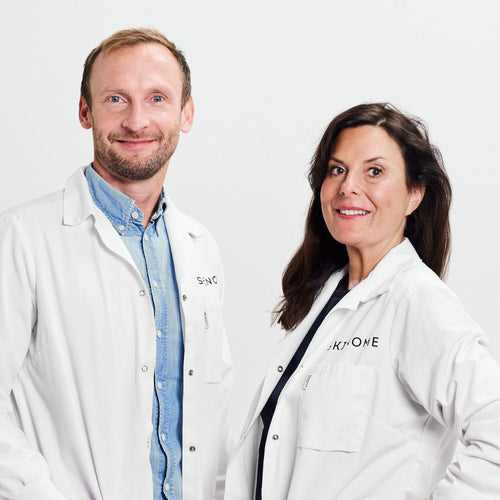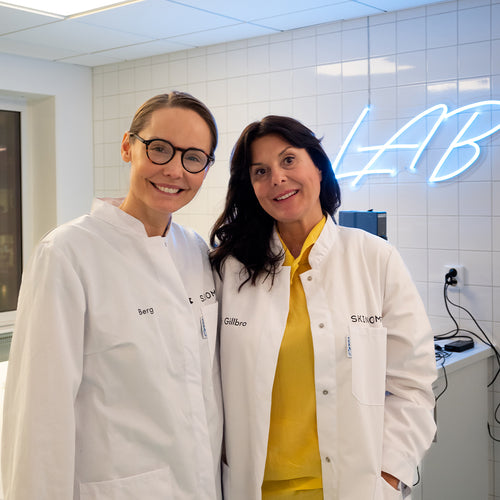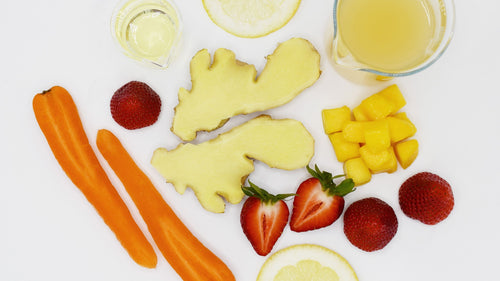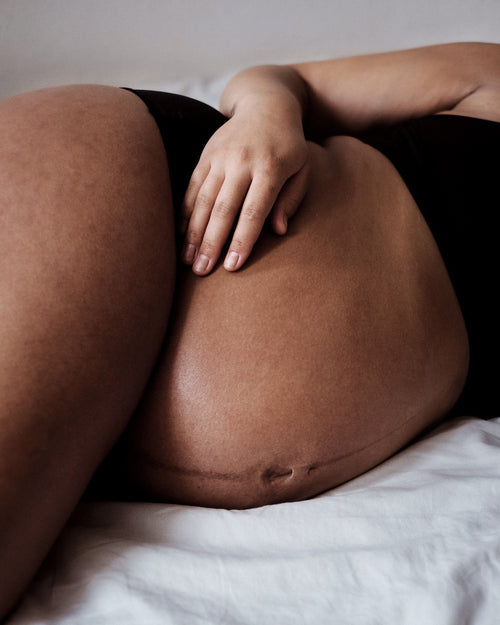Abbasi, A., Hajipour, N., Hasannezhad, P., Baghbanzadeh, A., & Aghebati-Maleki, L. (2020). Potential in vivo delivery routes of postbiotics. Critical reviews in food science and nutrition, 1–39. Advance online publication. https://doi.org/10.1080/10408398.2020.1865260
Ácsová, A., Hojerová, J., & Martiniaková, S. (2022). Efficacy of postbiotics against free radicals and UV radiation. Chemical Papers, 76(4), 2357-2364.
Canonici, A.; Siret, C.; Pellegrino, E.; Pontier-Bres, R.; Pouyet, L.; Montero, MP; Colin, C.; Czerucka, D.; Rigot, V.; Andre, F. Saccharomyces boulardii improves intestinal cell restitution through activation of the alpha2beta1 integrin collagen receptor. PLoS ONE 2011, 6, e18427
Coppola, S., Avagliano, C., Sacchi, A., Laneri, S., Calignano, A., Voto, L., Luzzetti, A., & Berni Canani, R. (2022). Potential Clinical Applications of the Postbiotic Butyrate in Human Skin Diseases. Molecules (Basel, Switzerland), 27(6), 1849. https://doi.org/10.3390/molecules27061849
Duarte, M., Oliveira, AL, Oliveira, C. et al. Current postbiotics in the cosmetic market—an update and development opportunities. Appl Microbiol Biotechnol 106, 5879–5891 (2022). https://doi.org/10.1007/s00253-022-12116-5
Fournière M, Latire T, Souak D, Feuilloley MGJ, Bedoux G (2020) Staphylococcus epidermidis and Cutibacterium acnes: two major sentinels of skin microbiota and the influence of cosmetics. Microorganisms 8(11):1–31. https://doi.org/10.3390/microorganisms8 111752
Hernández-Granados, M., & Franco-Robles, E. (2020). Postbiotics in human health: Possible new functional ingredients? Food Research International, 137, 109660
Nasim Golkar, Yousef Ashoori, Reza Heidari, Navid Omidifar, Seyedeh Narjes Abootalebi, Milad Mohkam, Ahmad Gholami, "A Novel Effective Formulation of Bioactive Compounds for Wound Healing: Preparation, In Vivo Characterization, and Comparison of Various Postbiotics Cold Creams in a Rat Model", Evidence-Based Complementary and Alternative Medicine, vol. 2021, Article ID 8577116, 13 pages, 2021. https://doi.org/10.1155/2021/8577116
Nataraj, BH, Ali, SA, Behare, PV, & Yadav, H. (2020). Postbiotics-parabiotics: the new horizons in microbial biotherapy and functional foods. Microbial cell factories, 19(1), 168. https://doi.org/10.1186/s12934-020-01426-w
Scarpellini, E., Rinninella, E., Basilico, M., Colomier, E., Rasetti, C., Larussa, T., Santori, P., & Abenavoli, L. (2021). From Pre- and Probiotics to Post-Biotics: A Narrative Review. International journal of environmental research and public health, 19(1), 37. https://doi.org/10.3390/ijerph19010037
What Are Postbiotics? (2021, November 22). Cleveland Clinic. https://health.clevelandclinic.org/postbiotics/
Żółkiewicz, J., Marzec, A., Ruszczyński, M., & Feleszko, W. (2020). Postbiotics-A Step Beyond Pre- and Probiotics. Nutrients, 12(8), 2189. https://doi.org/10.3390/nu12082189


















